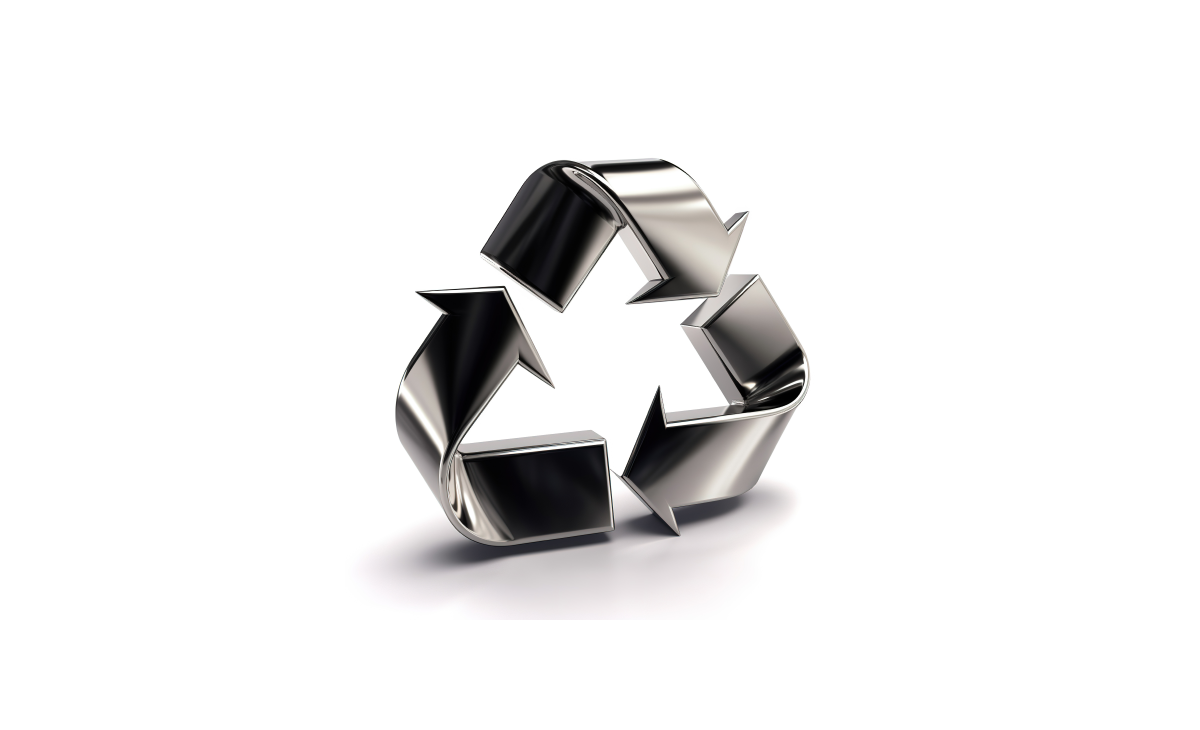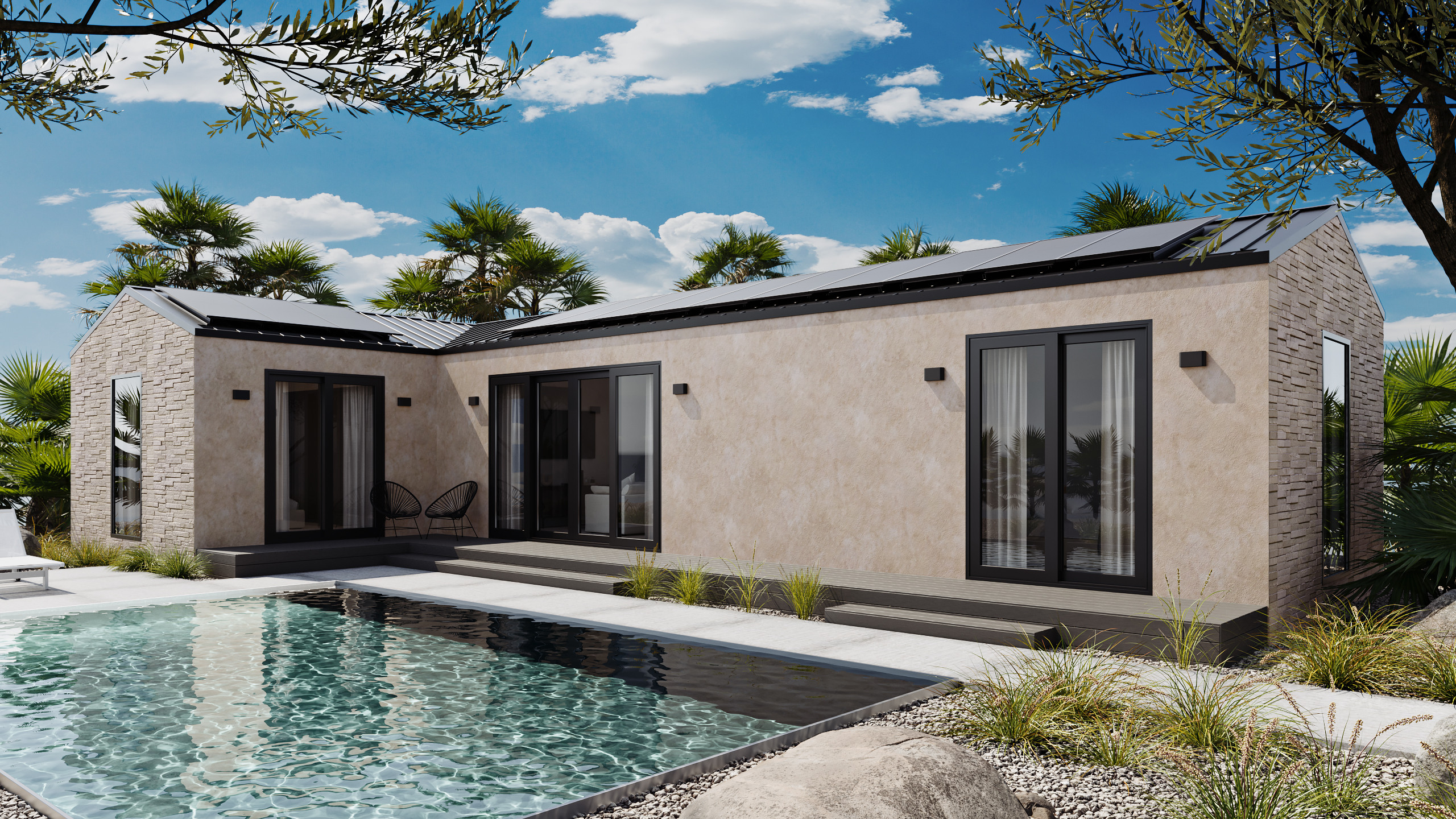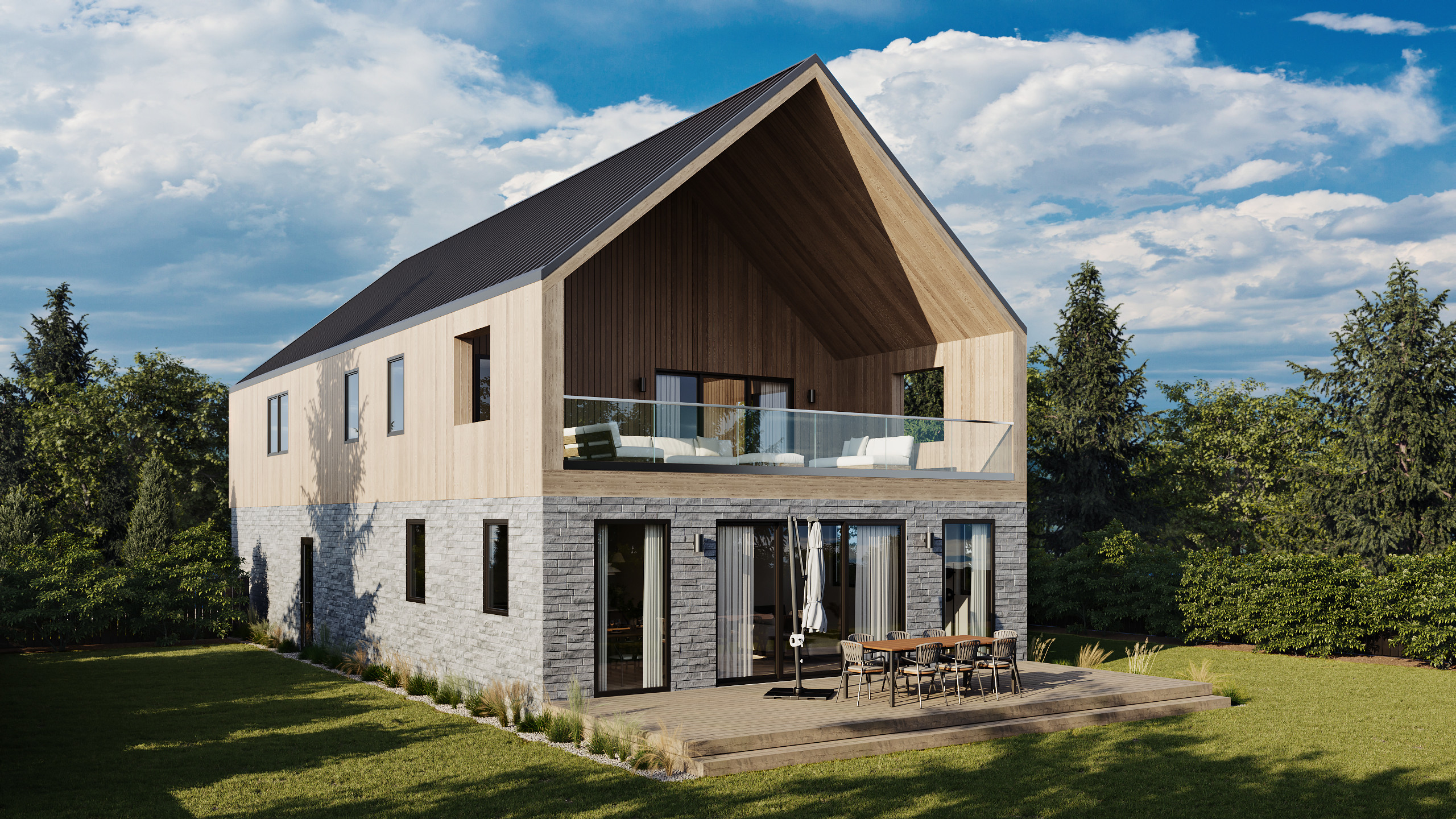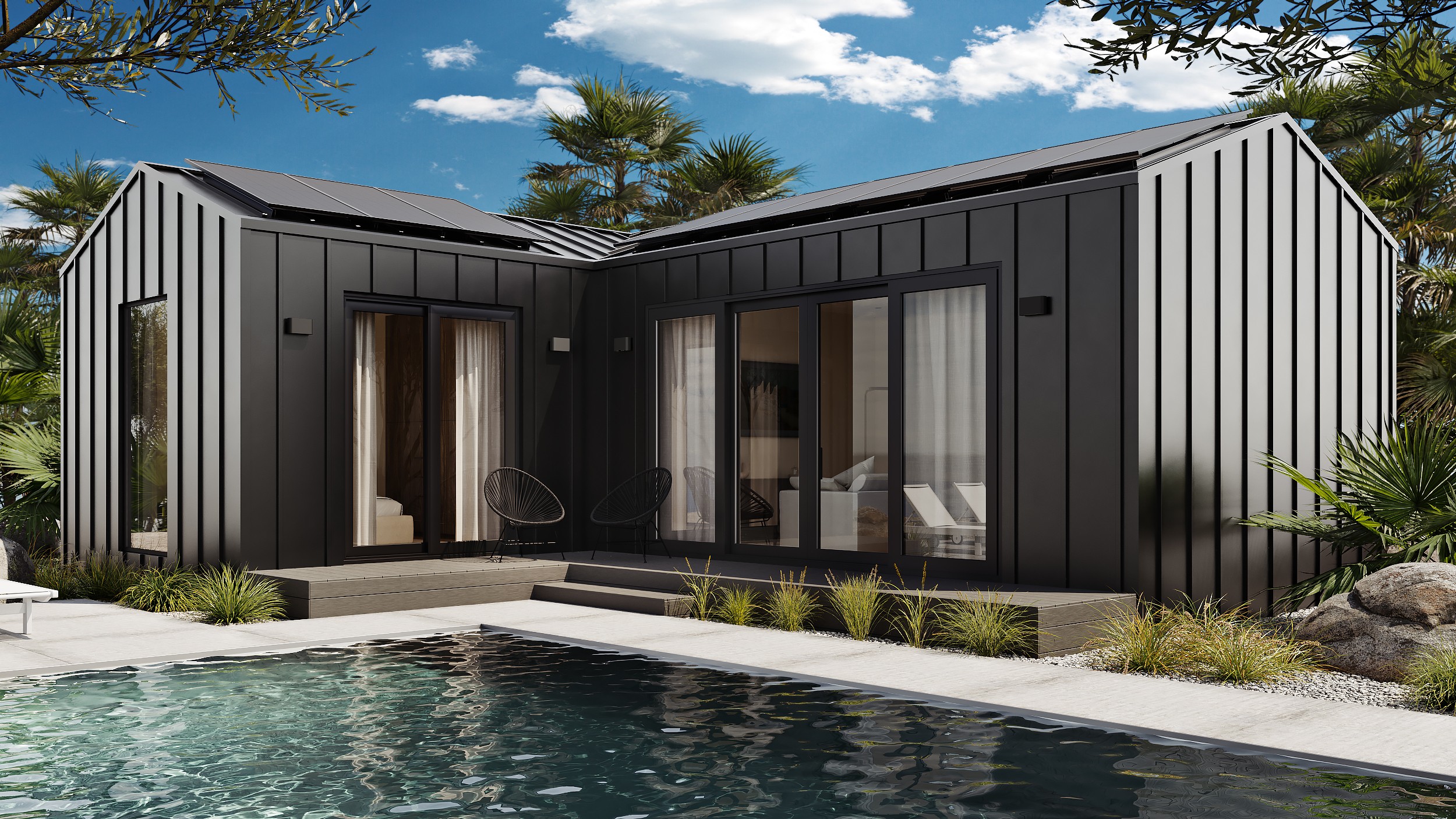Can steel go green?

Our planet has a hunger problem and its food is steel.
Right now, it’s the most commonly used metal in the world, found in stuff like cars, airplanes, ships, skyscrapers, washing machines, and sculptures of balloon dogs.
But steel’s dominance is looking shakier than ever. Governments and industries are racing to reduce carbon emissions and reach ambitious net-zero targets. And let’s just say, traditional, or “primary” steel, isn’t helping.
Around 75% of steel is still largely made in coal-fired blast furnaces, which pump huge plumes of CO2 into our atmosphere. Heating the furnaces to above 1,000C releases even more emissions, and steel production overall produces about 8% of global emissions. These century-old production techniques aren’t aging well.
Without big changes, we aren’t likely to keep under the 1.5 degrees Celsius mark set under the 2015 Paris climate agreement. To bring the steel sector in line with a 2050 net-zero target, process emissions must fall by at least 30% by 2030.
Green steel is a step in the right direction.
How can a steel be green?
We mean green in the context of sustainability. Green steel is basically just steel produced without the use of fossil fuels.
And many startups and major producers are now experimenting with low-carbon technologies that use hydrogen or electricity instead of traditional, coal-burning blast furnaces. Some of these efforts are nearing commercial reality.
As it stands, steel made with electric arc furnaces (EAF) is growing in popularity. EAFs use an electrical current to melt steel and have far lower CO2 emissions than blast furnaces. But because they mostly melt recycled scrap, their supply source is limited.
Plus, a report by the NGO Global Energy Monitor says the shift to EAFs is currently “stagnant” and way behind decarbonization targets.
Hi, hydrogen
Industry players are experimenting with a few different technologies to reduce steel’s climate impact. But hydrogen seems to be getting the lion’s share of attention now. Hydrogen can replace coal in steel production in a couple of colorful ways.
Hydrogen emits only water when burned, and if that hydrogen is made through electrolysis using just water and renewable energy, it’s called “green hydrogen,” and it’s free of CO2 emissions.
Blue hydrogen is produced by reforming natural gas through the steam methane reforming (SMR) process, and then capturing the carbon emissions created by this process. Because it does produce CO2 during production, it’s considered less, well, green than green carbon.
Obstacles to blue and green
Basically, an industry-wide shift to these new methods would require a massive expansion in renewable energy infrastructure.
A shortage of low-carbon hydrogen is another roadblock. Scaling up this technology will require massive amounts of the blue and green.
Which brings us to money, honey. Switching to blue or green hydrogen would require huge piles of cash (like billions of dollars) to build new plants, retrofit old ones, and increase renewable energy production.
Green steel would probably cost more greenbacks, at least in the beginning, which could dissuade some big buyers from making the switch.
When will green steel tip?
But as we saw with solar energy, there’s a tipping point at which a new technology becomes cheap enough and readily available to make a big dent in market share.
Tipping points require a number of factors including increased demand (hello, climate change), technologies and innovations that learn from and improve upon earlier versions, falling costs, and government incentives.
The Inflation Reduction Act (IRA) and the Infrastructure and Investments Jobs Act (IIJA) provide financial incentives for low-emissions energy and will require US companies to build renewables, grid infrastructure, and re-shore industrial production — all of which will rely on US steel supply.
Early innovations in green steel are already underway across the globe. They’ll lay the foundation for later discoveries and advancements.
Green steel is just one of the materials (like concrete) that researchers and industries are re-examining in the rise of climate change. Their innovative ideas around reducing the CO2 emissions of these materials are some of the brighter spots in environmental news.
Maybe our planet can switch to a better steel diet. Everyone knows that greens are good for you.
Cheers,
Mike
Mike McAllister is head of story for Momo Homes.
Track the global transition to sustainable homebuilding.
Subscribe to the Momo Focus newsletter.






